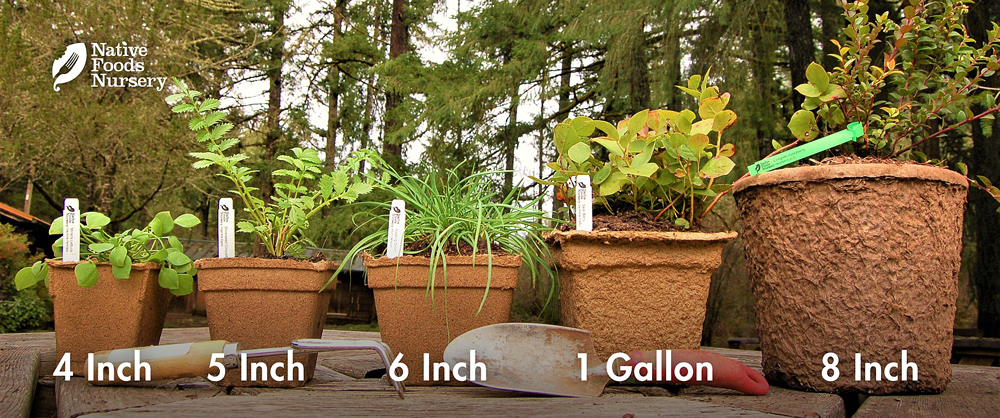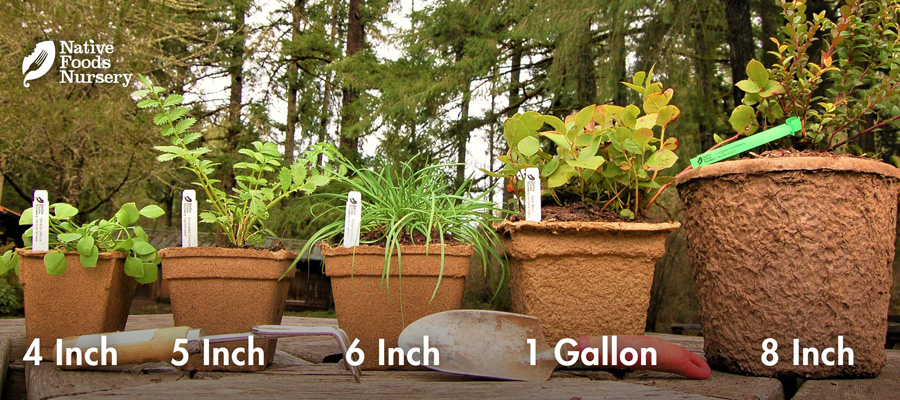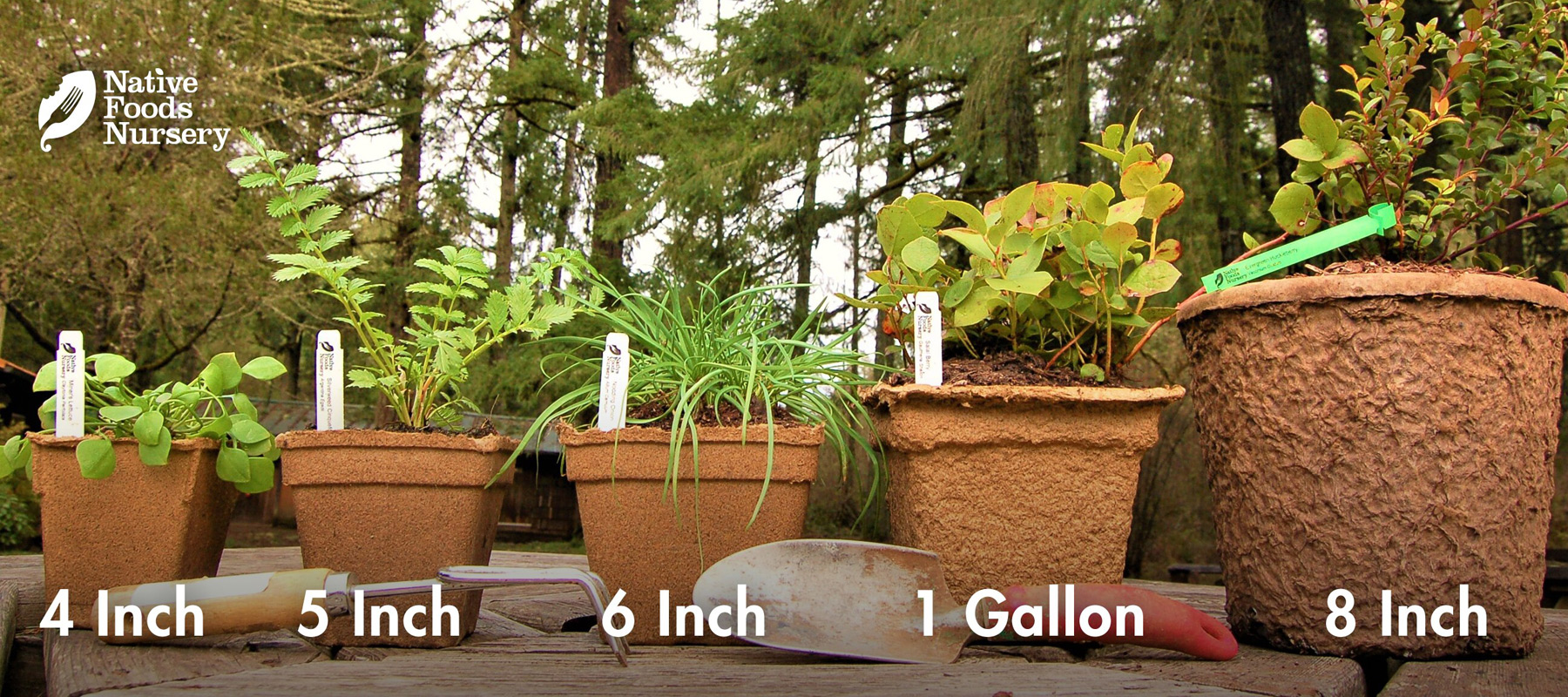Henderson's Checkermallow


- Current Stock:
- 0
- Other Names:
- Checkermallow, Checkerbloom, Prarie Mallows
- Latin Name:
- Sidalcea Hendersonii
Henderson's Checkerbloom is a rare (and threatened) native Northwest perennial with tender, edible leaves in early Spring and beautiful, rose-colored flowers in early Summer.
Edible Uses
Leaves and flowers of the native food are mild and pleasant eaten raw or cooked - added to salads, soups, or cooked into other dishes. Leaves often have fuzzy hairs (although less so than Dwarf Checkerbloom); young leaves are most tender. Native American peoples, wild foragers, and sustainable gardeners have and continue to value this plant as food. In addition, many species in the Mallow family have been used for food and medicine by numerous global cultures for thousands of years. Mallows are very high in vitamins and minerals, especially Vitamin A.
Ornamental Qualities
This herbaceous plant has showy, long-lasting rose-colored flowers and heart-shaped basal leaves. It’s a welcome addition to wildflower gardens, along borders, or amidst other sun-loving groundcovers (it tends to spread), like Oregon Stonecrop, Nodding Onion, or Early Blue Violet .
Environment and Culture
Loss of native habitat is leading to serious declines in this native, edible species. By growing Henderson's Checkerbloom, you’ll help ensure its survival in our region. It is an important pollen source for various native insects, bees, and butterflies - including the endangered Fender’s Blue Butterfly. Its wild home is in valley and mountain meadows through Oregon and Washington - both wet and dry. In the last 150 years, since the arrival of Western settlers in the region, Hendeson's Checkermallow has been greatly diminished by disruptive modern agricultural practices, removal of native peoples, and extensive urban development. This is a very important plant to restore in our region.
Its wild companions include Great Camas, Broadleaf Lupine, and other wild lilies. It grows by strong rhizomes and can root from fallen stems. It’s very low-maintenance and quite drought tolerant.
Northwest Native American tribes today still value this special plant as food, medicine, and family. Despite great cultural losses, they continue to work towards stewarding and restoring wild populations, both strengthening the integrity of the ecology and sustaining their cultural heritage and wisdom. These strong and recovering peoples and plants deserve our respect, gratitude, and reparations. (Learn more & how to help on our Charitable Giving page.)
Harvest, Care, and Preparation
Harvest of Henderson's Checkerbloom is easy. Leaves and flowers can be picked or snipped from plant any time. Leaves can be added raw to salads or smoothies or cooked into any dish that calls for greens, including pestos, frittatas, lasagnas, and more. The leaves are somewhat mucilaginous, and can be also used to thicken soups. Flowers are best eaten raw, fresh or added to salads. Enjoy this healthy native vegetable!
Native Range: OR, WA
USDA zones: 6-10
Ease of Care: Easy
Deer Resistance: Moderate
Light Requirements: Full Sun - Part Shade
Soil Type: Any, prefers well-drained
Water Requirements: Prefers moist, can tolerate drought
Pollination: Self-Fertile, usually
Bearing Age: 1 year from seed
Size at Maturity: 2 ft
Plant Spacing: 2 ft
Bloom Time: May/June
Harvest Time: Spring leaves, Summer flowers
Pot Sizing Guide









